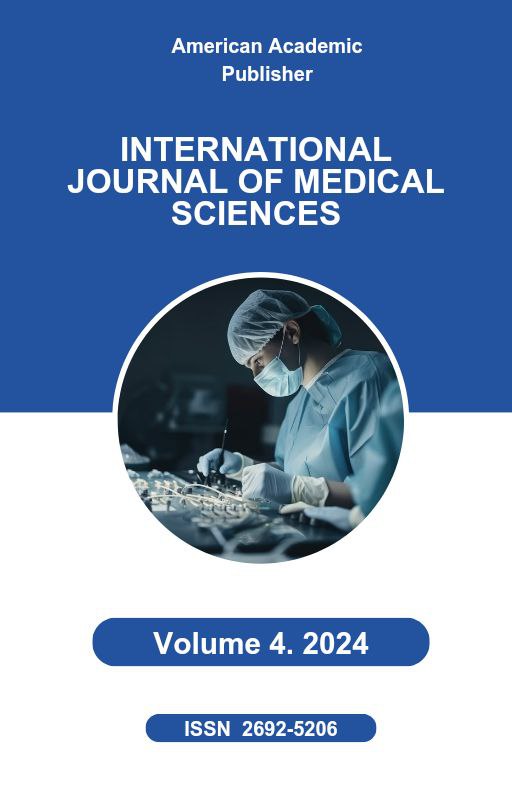 Articles
| Open Access |
https://doi.org/10.55640/
Articles
| Open Access |
https://doi.org/10.55640/
MEASURES TO REDUCE OCCUPATIONAL HAZARDS AND IMPLEMENT PREVENTIVE MEASURES IN HYDRAULIC STRUCTURES: SCIENTIFIC RESEARCH AND MODERN SOLUTIONS
Sh.R. Mirayubova , Research Institute of Sanitation, Hygiene and Occupational Diseases of the Ministry of Health of the Republic of UzbekistanAbstract
A complex of harmful and hazardous production factors was identified in the workplaces of hydraulic structures, including unfavorable microclimate indicators and high levels of noise and vibration. It was found that the nature of employees' work is characterized by heavy and stressful labor due to physical loads and psychological and emotional impacts. The highest occupational risk was determined to occur in shift and rotational work schedules. The influence of technological processes on the formation of sanitary and hygienic working conditions in hydraulic structure workshops was assessed. The relationships between working conditions and the prevalence of occupational diseases among workers were described. Modern methodological approaches to the hygienic assessment of the production environment and occupational risks were examined. Directions for improving technical and organizational measures to reduce the impact of harmful factors and enhance working conditions at hydraulic structures were substantiated.
Keywords
Hydraulic structures, sanitary and hygienic factors, occupational hazards, preventive measures.
References
Labor Code of the Republic of Uzbekistan. (2022). Tashkent: Ministry of Justice of the Republic of Uzbekistan.
Sanitary Rules and Norms (SanPiN) of the Republic of Uzbekistan. (2021). Ministry of Health of the Republic of Uzbekistan.
GOST Standards of Occupational Safety and Hygiene. (2020). Moscow: Federal Agency on Technical Regulating and Metrology (Rosstandart).
International Labour Organization (ILO). (2020). Safety and health at the heart of the future of work: Building on 100 years of experience. Geneva: ILO.
World Health Organization (WHO). (2021). Occupational health: A manual for primary health care providers. Geneva: WHO.
European Agency for Safety and Health at Work (EU-OSHA). (2020). Work-related musculoskeletal disorders: Prevalence, costs and demographics in the EU. Luxembourg: Publications Office of the European Union.
International Organization for Standardization (ISO). (2019). ISO 45001:2018. Occupational health and safety management systems – Requirements with guidance for use. Geneva: ISO.
German Federal Institute for Occupational Safety and Health (BAuA). (2019). Noise and vibration in the workplace: Preventive solutions. Dortmund: BAuA.
Finnish Institute of Occupational Health (FIOH). (2020). Remote monitoring technologies for occupational health and safety. Helsinki: FIOH.
Australian Government, Safe Work Australia. (2021). Workplace exposure standards for airborne contaminants. Canberra: Safe Work Australia.
Norwegian Labour Inspection Authority. (2020). Occupational health and safety in the energy and hydro sector: Preventive guidelines. Oslo: Directorate of Labour Inspection.
Japan Industrial Safety and Health Association (JISHA). (2019). Implementation of occupational health monitoring and biomonitoring devices. Tokyo: JISHA.
Article Statistics
Downloads
Copyright License

This work is licensed under a Creative Commons Attribution 4.0 International License.

